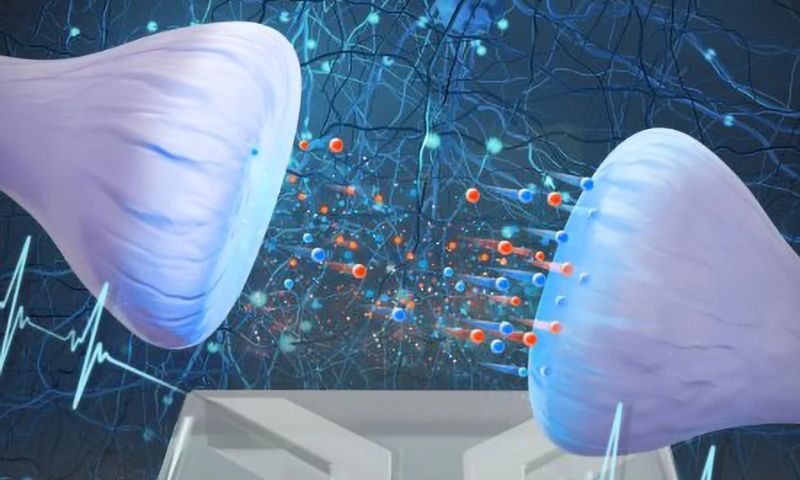AMSTERDAM: In a new study, scientists have achieved a remarkable feat by creating a brain computer utilizing water and salt, a revolutionary approach that could revolutionize the field of artificial intelligence (AI).
The human brain, renowned for its complexity, has long served as a source of inspiration for researchers seeking to enhance brain-like computing systems. Building on this notion, physicists from Utrecht University in the Netherlands collaborated with counterparts from Sogang University in South Korea to engineer an artificial synapse using unconventional materials.
Published in the prestigious journal Proceedings of the National Academy of Sciences, the study unveiled the successful creation of a miniature system, measuring 150 by 200 micrometers, that leverages the properties of salt and water to process information. This innovative approach mimics the functionality of synapses, pivotal elements responsible for transmitting nervous signals in the human brain.
Lead author of the study, Tim Kamsma, a PhD candidate at Utrecht University, underscored the significance of their breakthrough, stating, “While artificial synapses based on solid materials exist for processing complex information, our study demonstrates, for the first time, the feasibility of achieving similar capabilities using water and salt.”
Kamsma elaborated on the implications of their findings, noting, “By replicating neuronal behavior using a system that employs the same medium as the brain, we are paving the way for novel advancements in brain-like computing.”
The development of the miniature device, emulating a synapse with the utilization of salt and water, was achieved through collaborative efforts between researchers in South Korea and Kamsma’s team in the Netherlands. Remarkably, the concept was translated into experimental work, resulting in tangible outcomes within a mere three-month period.
Reflecting on the collaborative process, Kamsma remarked, “Our fortuitous encounter with the research group in South Korea fueled our enthusiasm and expedited the commencement of experimental endeavors based on my theoretical framework.”


























